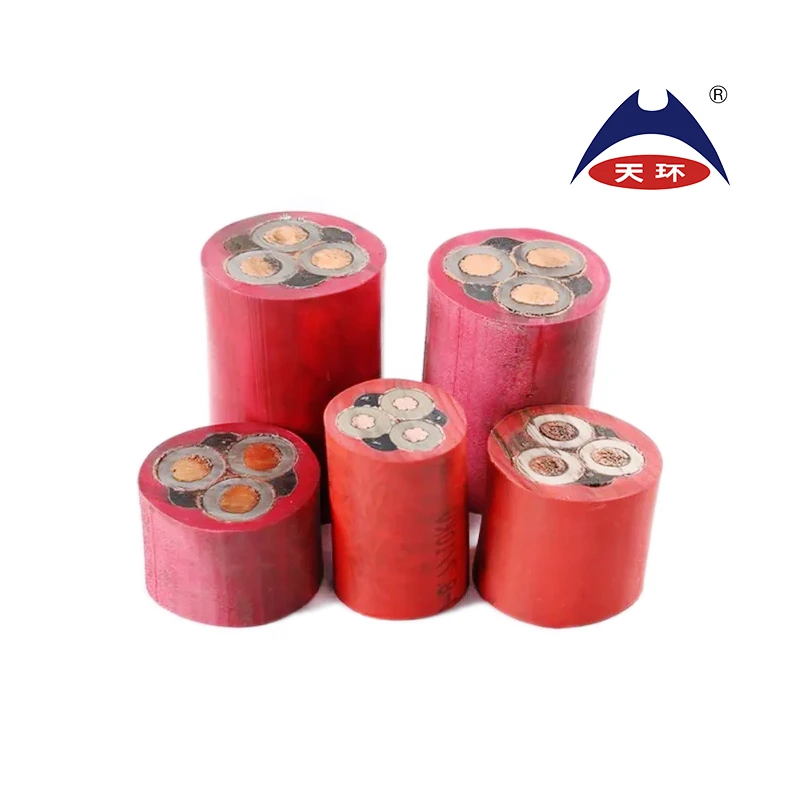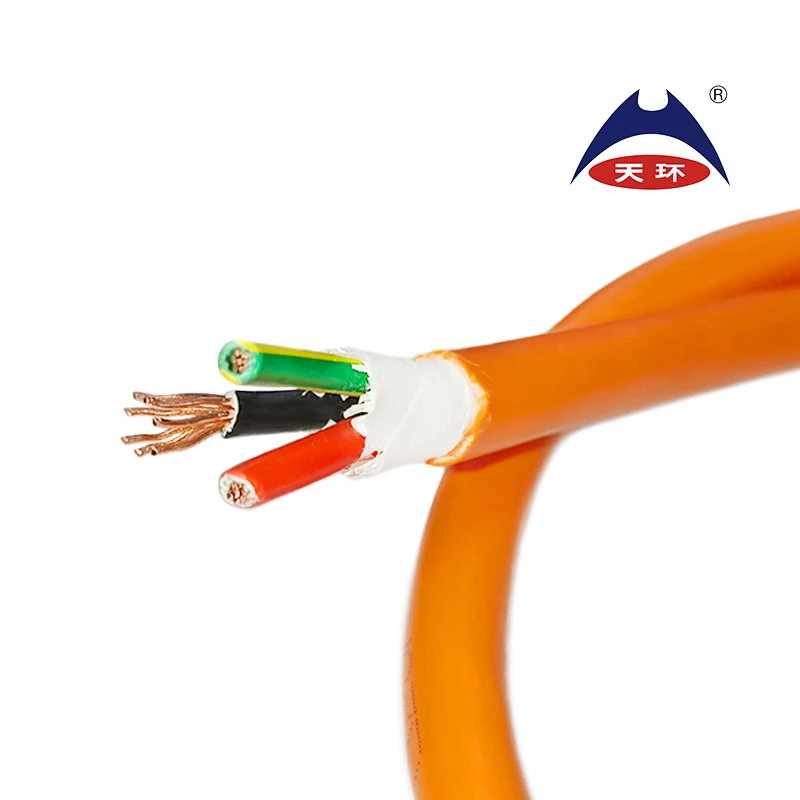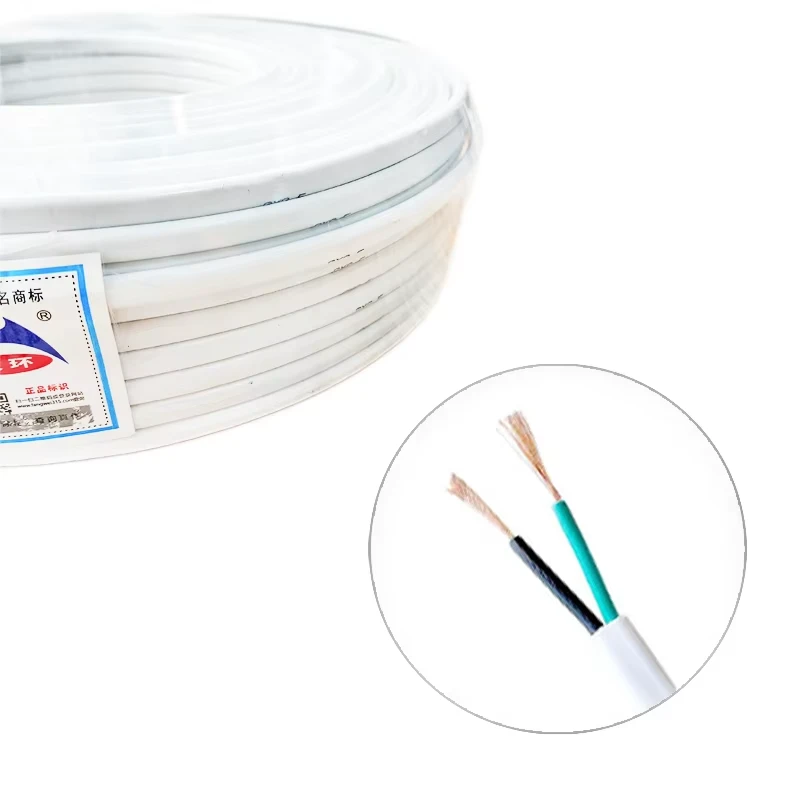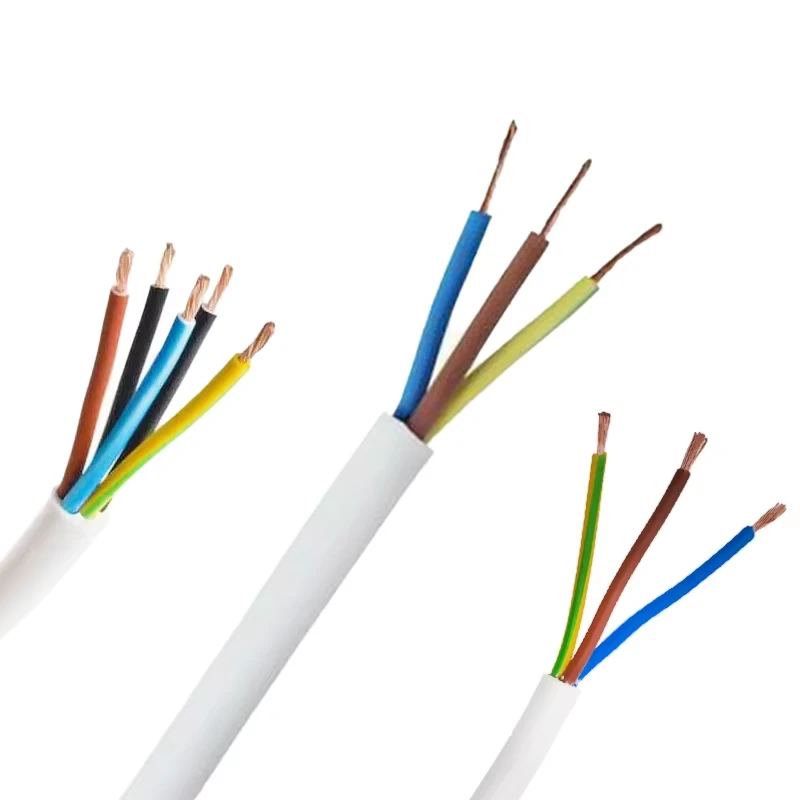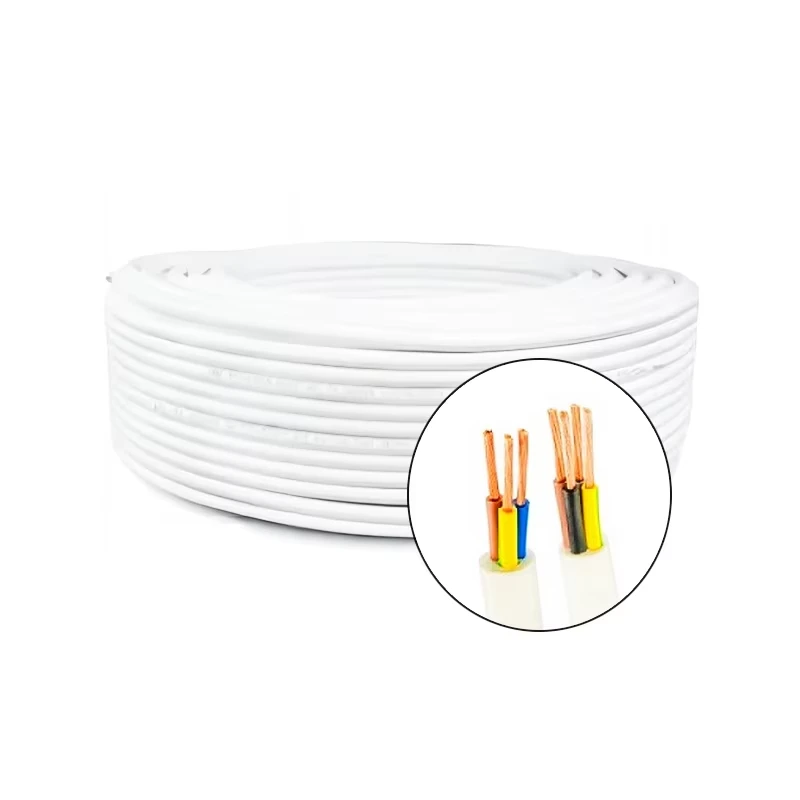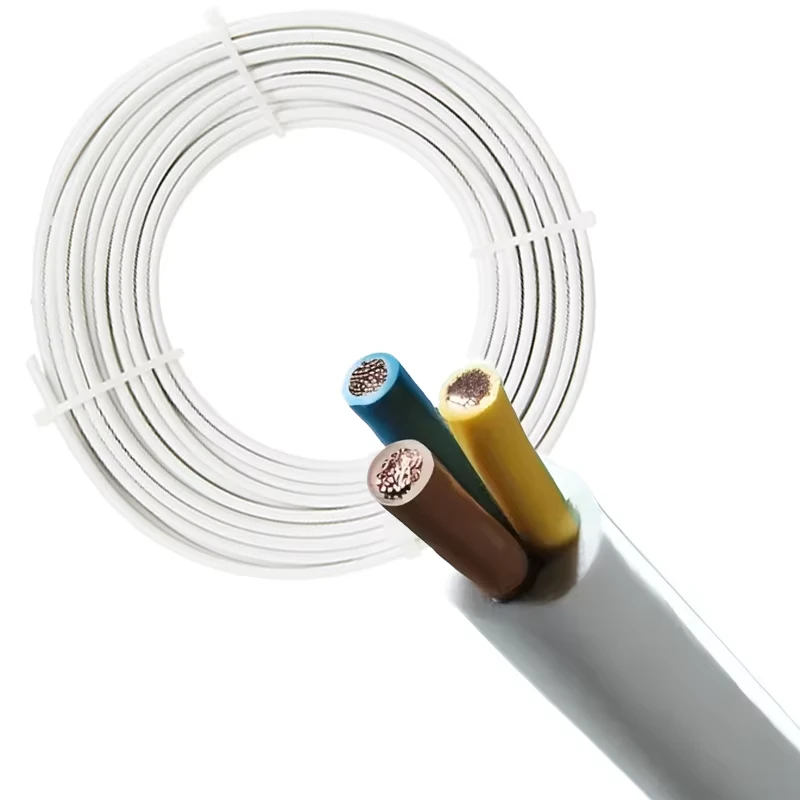
3 Core TPS Cable – High-Quality & Durable Wiring Solution for Homes & Industries
- Introduction to 3 core tps cable
: structure, materials, and unique advantages - Market data and technological advancements shaping the TPS cable industry
- Comparative analysis: 3 core tps cable vs. other cable configurations
- Key manufacturers: performance, reliability, and cost evaluation
- Customized solutions: tailoring 3 core tps cable for specialized needs
- Application scenarios: proven case studies in diverse environments
- Conclusion: Future perspectives for 3 core tps cable in the global market
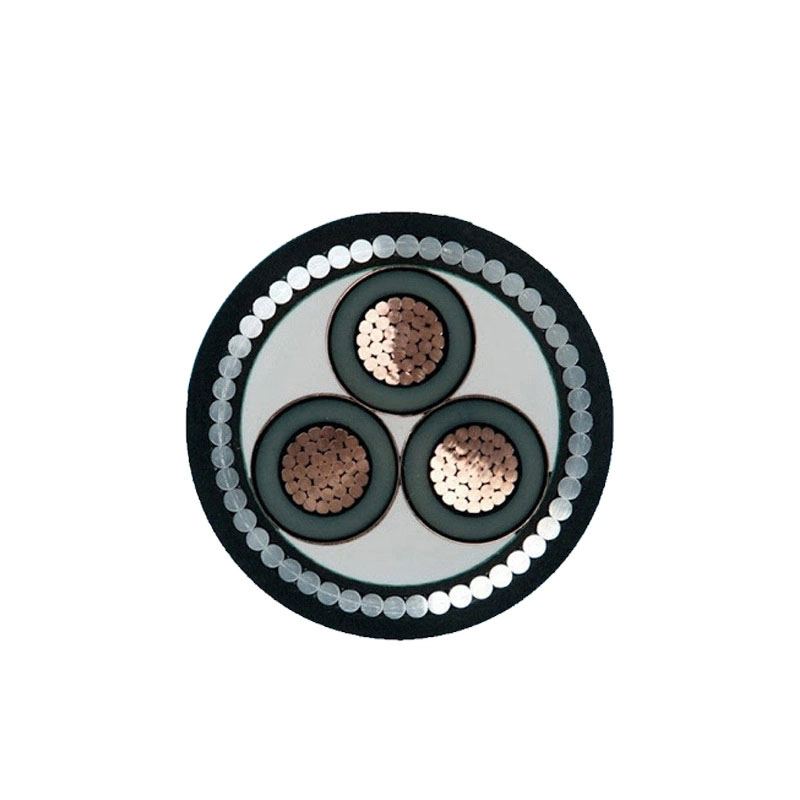
(3 core tps cable)
Introduction to 3 Core TPS Cable: Structure, Materials, and Unique Advantages
The 3 core tps cable is engineered to deliver exceptional electrical performance in a compact, durable design. Typically, it features three insulated copper conductors encased in a flat, toughened PVC outer sheath, offering streamlined installation and robust mechanical protection. The nomenclature "tps cable" comes from "tough plastic sheathed," which signifies its superior insulation and resilience against environmental hazards.
In practical terms, the 3 core setup consists of an active (live) wire, a neutral, and an earth (ground) conductor. This construction facilitates safe power distribution for single-phase electrical applications, especially in domestic and commercial installations. The specific use of pure copper conductors ensures optimum electrical conductivity, low resistance, and minimal power loss. Advanced PVC or LSZH (Low Smoke Zero Halogen) insulation enhances the cable’s fire-retardant properties, making it compliant with international safety standards.
One of the unique advantages of the 3 core tps cable is the combination of flexibility and strength, enabling easy routing through conduits, ceiling spaces, and underfloors. Its structural integrity withstands mechanical stress and chemical exposure, reducing installation risks and subsequent maintenance costs.
Market Data and Technological Advancements in TPS Cable Industry
The global TPS cable market has experienced robust growth, driven by infrastructure development and continual modernization of electrical grids. According to a 2023 market research report, the TPS cable sector is projected to reach a compound annual growth rate (CAGR) of 6.8% from 2022 to 2027, with the Asia-Pacific region accounting for nearly 40% of total demand.
Technological innovation is central to this expansion. Major advancements include the introduction of LSZH compounds, which emit fewer toxic fumes in fire incidents, and the integration of moisture-resistant jackets for improved longevity. Moreover, recent automation in manufacturing has reduced dimensional tolerance variances by up to 20%, ensuring more stable electrical properties. Sustainability is another prevailing trend, with a rising number of manufacturers offering recyclable or halogen-free insulation to lessen environmental impact.
The rising adoption of smart home systems and stricter regulatory frameworks for electrical safety have further elevated the demand for consistently high-quality TPS cables, underlining their crucial role in modern infrastructure.
Comparative Analysis: 3 Core TPS Cable vs. Other Cable Configurations
The selection of cabling directly affects electrical efficiency, safety, and project costs. Below is a data table presenting key differences between three common cable types:
| Feature | 3 Core TPS Cable | Single Core TPS Cable | 3 Core XLPE Cable |
|---|---|---|---|
| Voltage Rating | 450/750V | 450/750V | 600/1000V |
| Conductor | 3 insulated copper conductors | 1 insulated copper conductor | 3 insulated copper conductors |
| Sheathing | PVC/LSZH | PVC/LSZH | XLPE |
| Fire Resistance | High | Medium | Very High |
| Flexibility | Excellent | Excellent | Good |
| Typical Installation | Residential, light commercial | Wiring panels, connections | Heavy industrial |
| Cost (per meter average, USD) | 1.20 | 0.70 | 1.85 |
Compared with single core variants, the 3 core tps cable reduces installation time and complexity, while its lower voltage rating and flexible PVC sheath make it ideal for household and office circuits. Meanwhile, the XLPE analog offers higher voltage endurance and superior fire resistance, but at increased cost and reduced flexibility—a tradeoff often unnecessary in routine residential or light commercial applications.
Key Manufacturers: Performance, Reliability, and Cost Evaluation
Selecting from reputable TPS CABLE manufacturers is vital for projects where safety and reliability are paramount. The following comparison highlights leading brands and their differences in performance:
| Manufacturer | Conductor Purity (%) | Sheath Material | Rated Lifespan (Years) | Compliance | Lead Time (Days) |
|---|---|---|---|---|---|
| Prysmian Group | 99.99 | LSZH | 25 | IEC 60227, AS/NZS5000 | 15 |
| Nexans | 99.98 | PVC | 22 | IEC 60227, UL | 18 |
| Olex | 99.95 | PVC | 20 | AS/NZS5000 | 12 |
| RR Kabel | 99.97 | Halogen Free | 23 | IEC, IS 694 | 14 |
Quality indicators such as conductor purity and rated lifespan impact both efficiency and long-term TCO (Total Cost of Ownership). Prysmian Group and RR Kabel focus on halogen-free and LSZH sheathings, whereas Olex delivers rapid lead times for market responsiveness. Compliance with international standards such as AS/NZS5000 and IEC 60227 ensures suitability for diverse regulatory environments.
Customized Solutions: Tailoring 3 Core TPS Cable for Specialized Needs
Electricians and system designers frequently encounter unique requirements that standard cables may not fulfill. Customization options for 3 core tps cable include variable conductor sizes (ranging from 1.0 mm² to 10 mm²), enhanced fire-retardant jackets, UV-resistant compounds for outdoor installations, and specific color-coded sheath finishes for rapid phase identification during large-scale projects.
Customers can also specify pairings with armored layers to resist rodent damage or select double-insulated variants for environments prone to electrical interference. Furthermore, bespoke batch testing and extended certification processes can be applied for governmental or infrastructure tenders, ensuring product provenance and traceability.
Through these tailored approaches, project developers not only maximize installation safety and efficiency but also achieve compliance with evolving local electrical regulations.
Application Scenarios: Proven Case Studies in Diverse Environments
The versatility of TPS cable systems has been validated across numerous sectors.
- Residential Wiring: In a 2022 survey of Australian housing projects, nearly 87% of new builds utilized 3 core tps cable for lighting circuits and GPO cabling due to its high flexibility and safety rating.
- Commercial Fitouts: A leading multinational retailer recently retrofitted over 2000 outlets with LSZH 3 core tps cable, reporting a 15% reduction in electrical fires over three years following the upgrade.
- Healthcare Facilities: Hospitals demand low-smoke, halogen-free cabling to minimize toxic fume exposure during fire events. In a 2021 pilot, Saint Luke’s University Hospital selected custom-colored TPS CABLE for emergency and equipment circuits, reducing installation time by 18% while exceeding all compliance audits.
- Industrial Automation: For automated production lines subjected to high vibration and chemical exposure, TPS cables provided high durability and seamless integration, enabling an automotive factory in Europe to extend cable replacement cycles from 5 to 8 years.
- Renewable Energy Systems: Emerging solar and battery installations have adopted tps cable solutions for inverters and distribution boards, leveraging their UV resistance and ease of connection for rapid system deployment.
Conclusion: Future Perspectives for 3 Core TPS Cable in the Global Market
In conclusion, the 3 core tps cable demonstrates substantial advantages in terms of safety, versatility, and compliance for modern electrical installations. As global demand for reliable energy infrastructure intensifies, and regulations governing fire safety and eco-friendliness become stricter, innovations in TPS CABLE technology will continue to drive sector growth.
The convergence of smart building technologies and sustainable materials paves the way for even more advanced iterations, with a strong emphasis on minimizing lifecycle costs and maximizing occupant safety. Whether addressing residential needs or supporting high-stakes industrial projects, the 3 core TPS cable is set to remain a cornerstone of efficient, reliable power distribution. Ongoing investments in quality and customization from top-tier manufacturers are likely to further solidify its status in the fast-evolving global cable landscape.

(3 core tps cable)
FAQS on 3 core tps cable
Q: What is a 3 core TPS cable?
A: A 3 core TPS cable is a type of electrical cable containing three insulated copper conductors and an outer sheath. TPS stands for Thermoplastic Sheathed, indicating its insulation material. It's commonly used for household and commercial wiring.Q: What are the typical uses for 3 core TPS cable?
A: 3 core TPS cables are mainly used for lighting circuits, power outlets, and switches. They are suitable for fixed wiring installations in homes and buildings. Their design ensures safety and reliability in electrical systems.Q: How does a TPS cable differ from other electrical cables?
A: TPS cables have a flat, thermoplastic sheath and are designed for easy installation inside walls and ceilings. Unlike round cables, their shape allows for neater, more compact wiring. They also provide excellent electrical insulation and protection.Q: Can 3 core TPS cable be used outdoors?
A: Standard 3 core TPS cable is designed for indoor use and protected environments. For outdoor or direct sunlight exposure, a cable with UV-resistant and waterproof sheath is recommended. Always follow local electrical codes when selecting TPS CABLE types.Q: What sizes are available for 3 core TPS cables?
A: 3 core TPS cables come in various sizes based on conductor cross-sectional area (e.g., 1.5mm², 2.5mm², 4mm²). The size depends on the current load and application requirements. Always choose the correct cable size to ensure safe operation.-
The Quantum Leap of XLPE Cable in Power DistributionNewsMay.29,2025
-
Mastering the Essentials of Building WireNewsMay.29,2025
-
Innovative Horizons of Rubber Trailing CablesNewsMay.29,2025
-
Exploring the Versatile World of Rubber CablesNewsMay.29,2025
-
Decoding the Mysteries of Building CablesNewsMay.29,2025
-
Advancements Redefining Control Cable TechnologyNewsMay.29,2025
-
Why It's Time to Replace Old Rubber CablesNewsMay.28,2025





